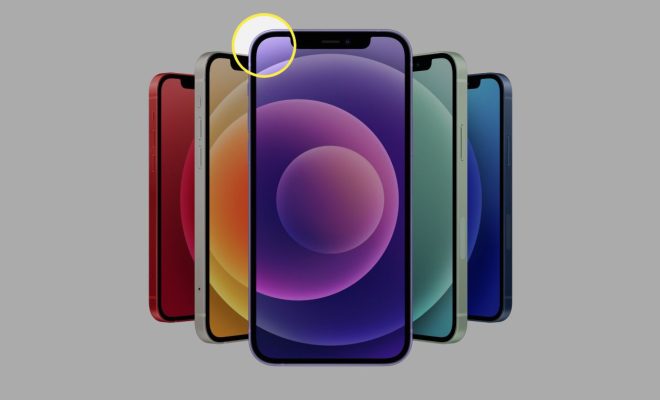What Is an X_T File?

An X_T file is a 3D CAD file format used by many engineering and manufacturing companies. It stands for “Parasolid Transmittal” and is a product of Siemens PLM Software. The X_T file format is a neutral and non-proprietary 3D CAD format that allows users to exchange 3D models between different CAD software programs.
X_T files are used extensively in the manufacturing industry for designing parts, assemblies, and the tooling necessary for the creation of these objects. Industrial designers, engineers, and other professionals can exchange and view X_T files to communicate and collaborate on projects. The format is often used in the product development and design process as it allows for precise and detailed documentation of designs, including everything from features and dimensions to materials and finishes.
One of the most significant benefits of the X_T file format is its compatibility with a wide range of CAD software. Since it’s not proprietary, X_T files can be read by many different CAD programs, including SolidWorks, AutoCAD, CATIA, and NX. This allows businesses to work with a range of partners, suppliers, and customers across the entire supply chain, streamlining design and production processes in the process.
Another key advantage of X_T files is their accuracy and detail. The format supports complex 3D geometry and can store exact dimensions and specifications, enabling designers to refine their designs and optimize their engineering. Full-color rendering is also supported, making it possible to create detailed and realistic visualizations of the final product.
In summary, the X_T file format is a widely used and important file format in the manufacturing and engineering industries. Compatible with a variety of CAD software and able to store detailed and accurate 3D models, it plays a key role in helping businesses collaborate and communicate throughout the design and production process. As technology continues to evolve and new manufacturing processes emerge, it’s likely that X_T files will continue to play a vital role in the future of CAD and design.






